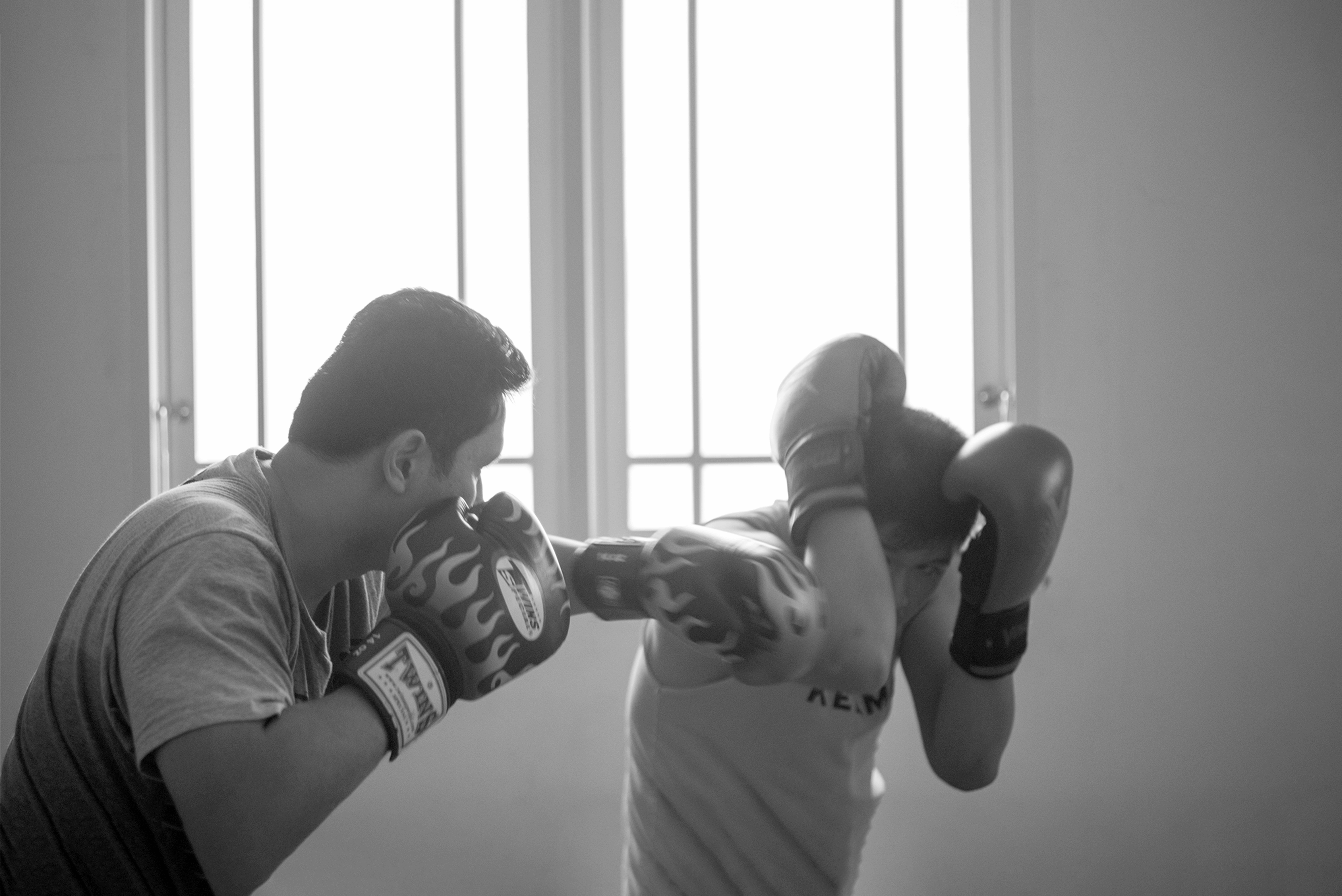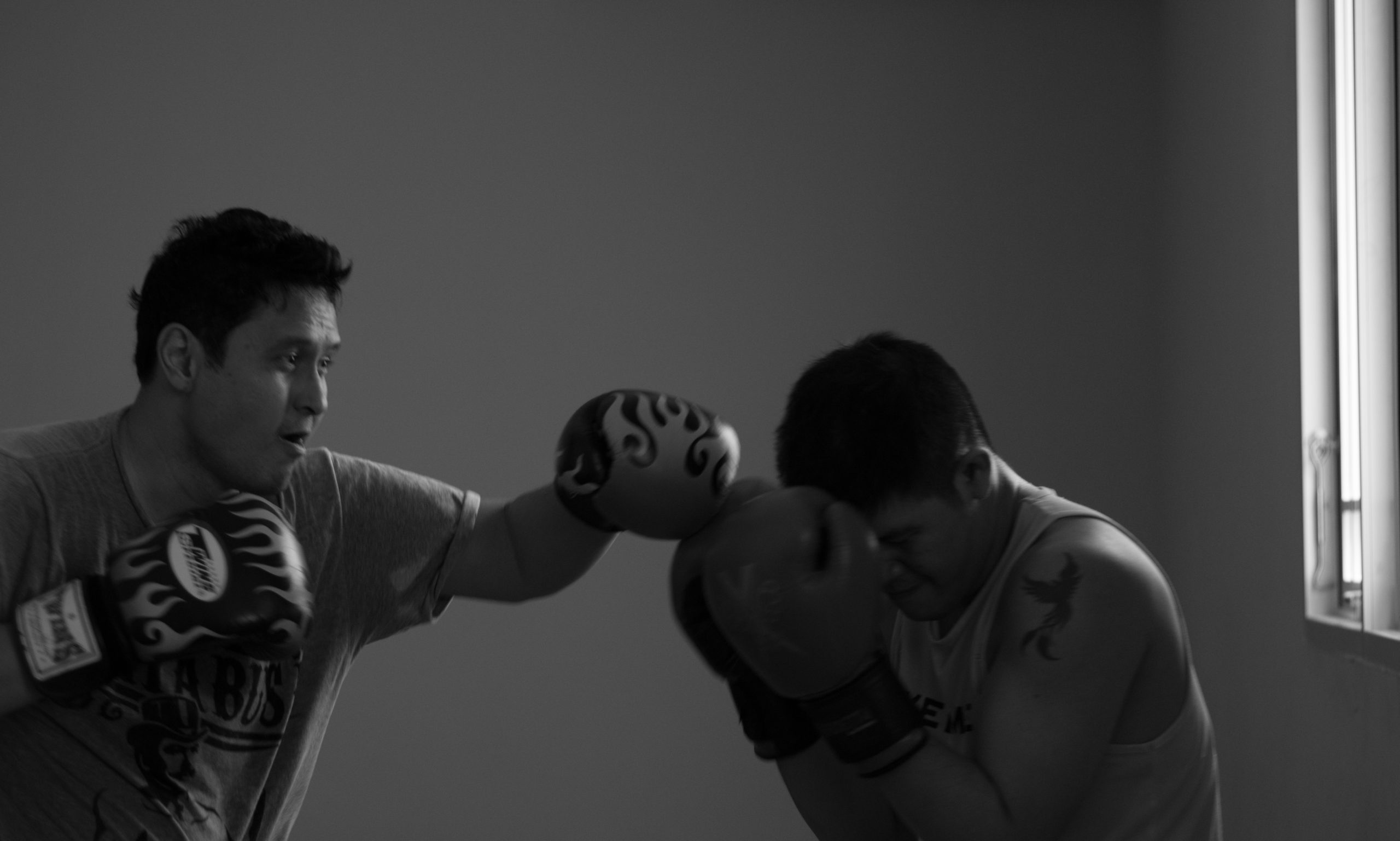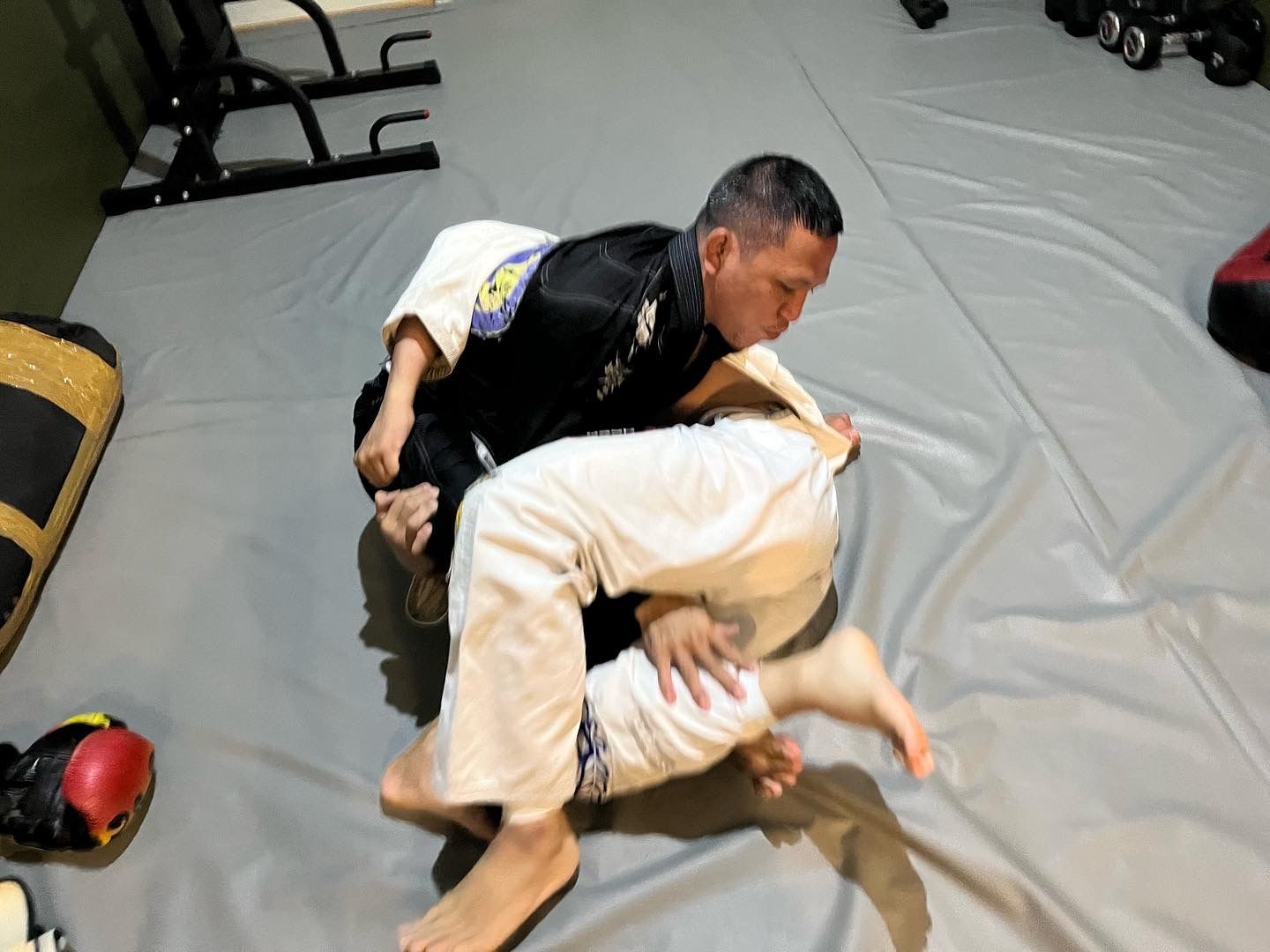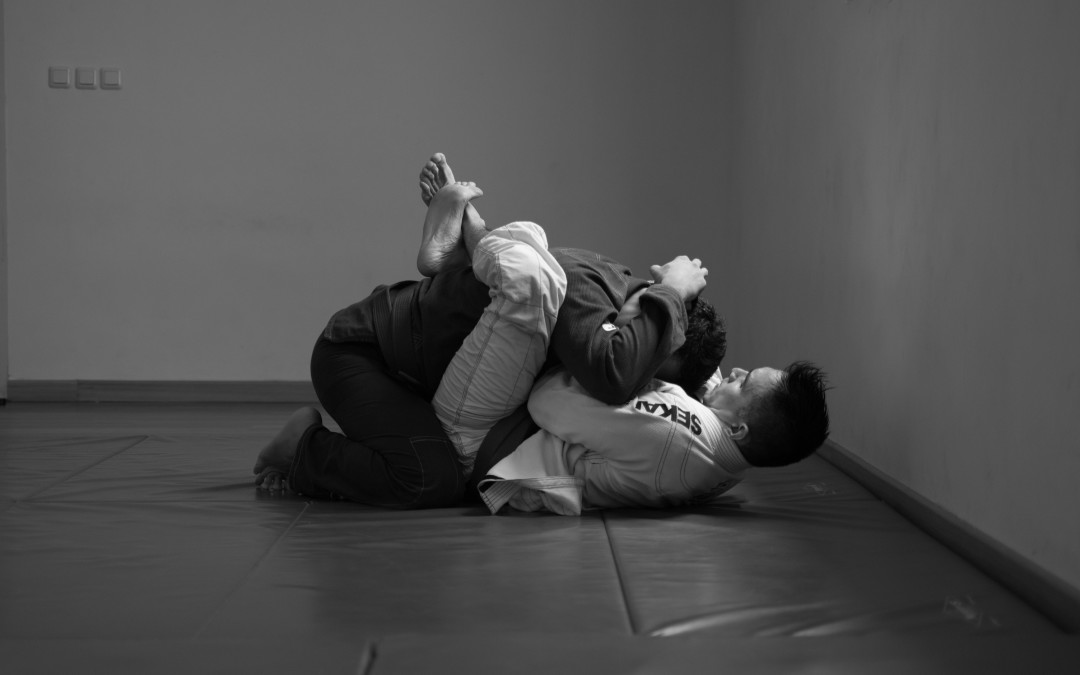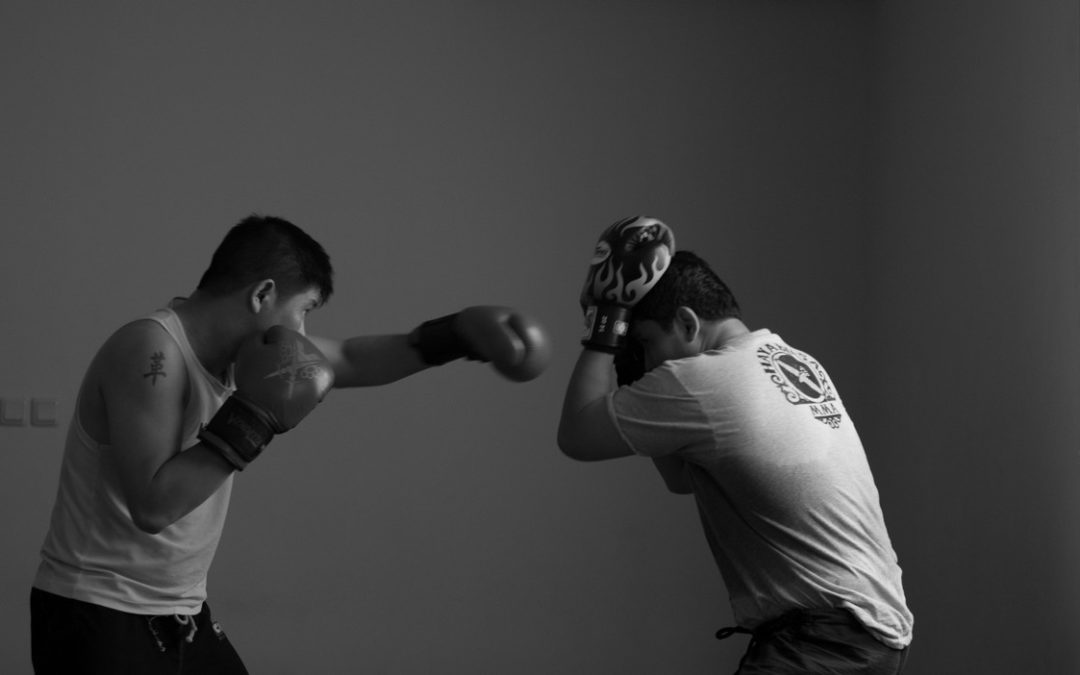
Becoming Adaptable in Life
Adaptability is one of the most crucial skill that i learn in life. I got this idea from Bruce Lee quote when he said that we should be like water, because it can adapt to any container. In the present stage of my life, i have been spending much of my time training in Brazilian Jiujitsu and Boxing. Because these two arts is a combative art where you have to spar against resisting opponent, i found that being adaptable is important for me to go through obstacles in sparring to achieve my outcome.
BJJ training is very dynamic. My progress in the art in relation to my training partners is a move point. As I get better and think that I might be better than my training partners, my training partner can also be better than me because they are also training and want to be better themselves. Therefore; I need to work hard on myself beyond just sparring sessions. I need to look at my whole game, analyze them, drill every aspect of the game, isolate spar and put hours in better preparation for my next battle. Only by doing this, that I will be more flexible and adapt to whatever obstacles that I am going to face.
I see life is the same thing. Its a move point. Challenges that I and my family face are not static points. Its a move point. as I prepare and empower myself to face the odds, the odds themselves are evolving. I will need to catch up with them. That is why I really like Jim Rohn who said, “Work harder on yourself than you do on your job”. Just like BJJ, for me to able to adapt and overcome obstacles, I have to work hard on myself.
In addition to that, life is multifaceted. If you draw a wheel of life, your life is the combination of many aspects such as family, relationship, career, business, finance, spirituality, etc. Each of them has its own problem for you to face and overcome. Only by working hard on yourself in each of this area that you will be able to adapt easily like water and overcome those challenges. If you are interested to learn more, Call me at +628170116098.

